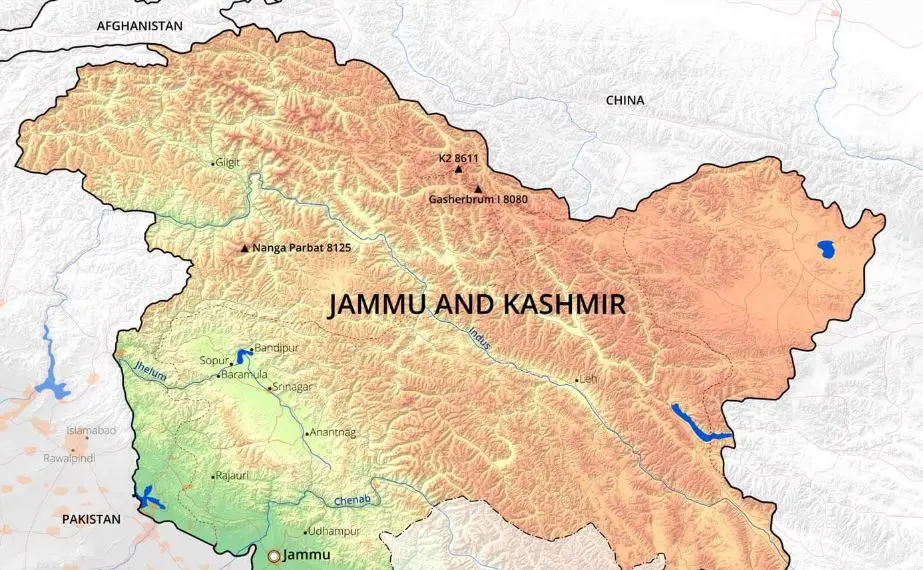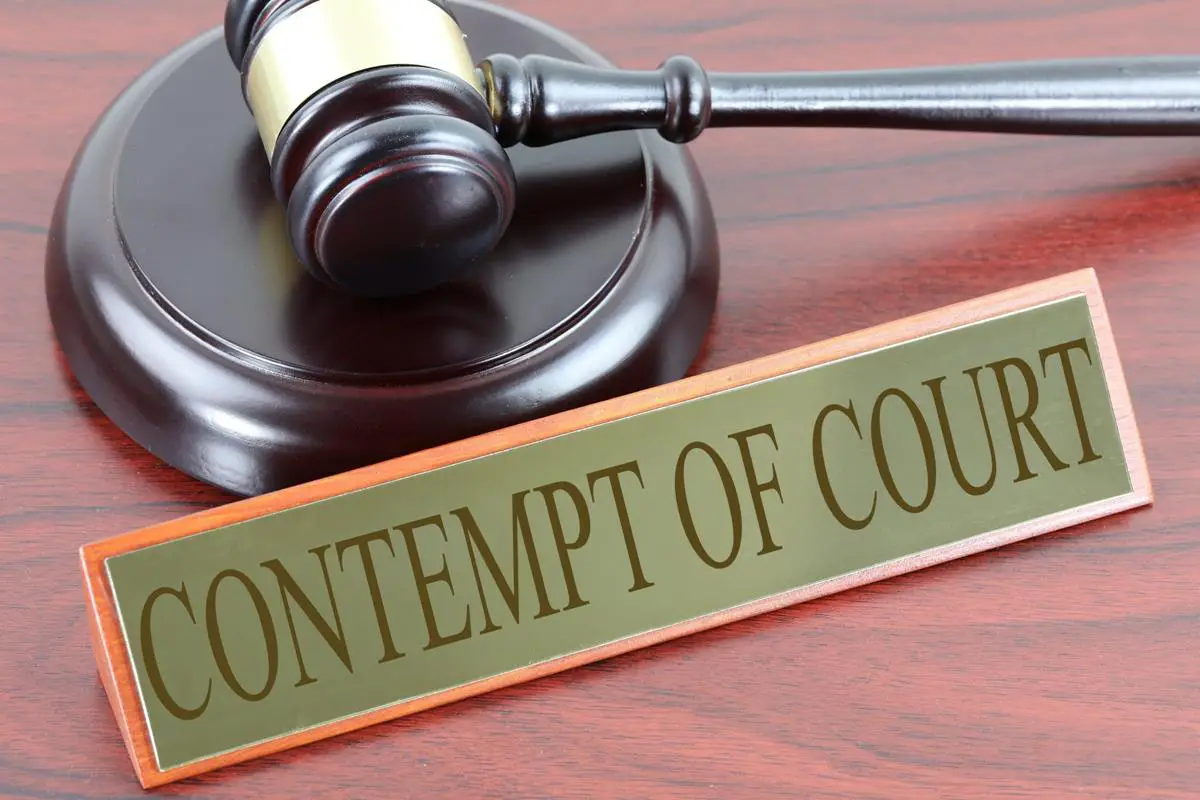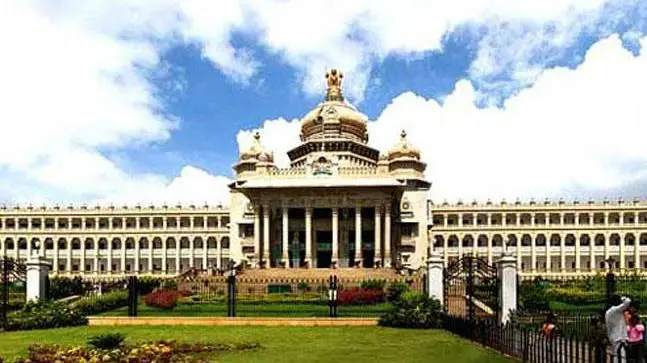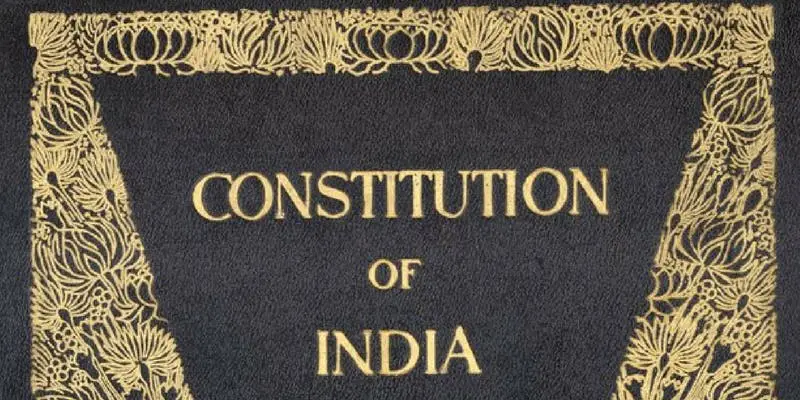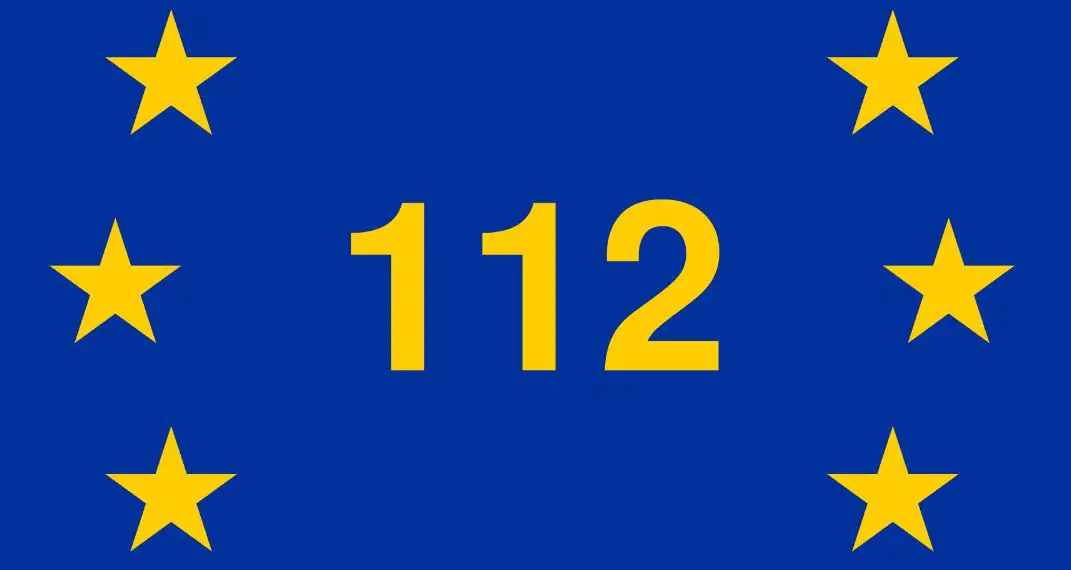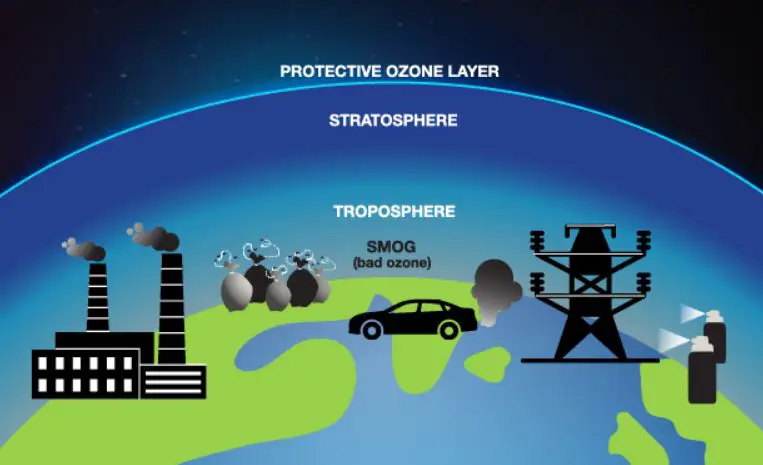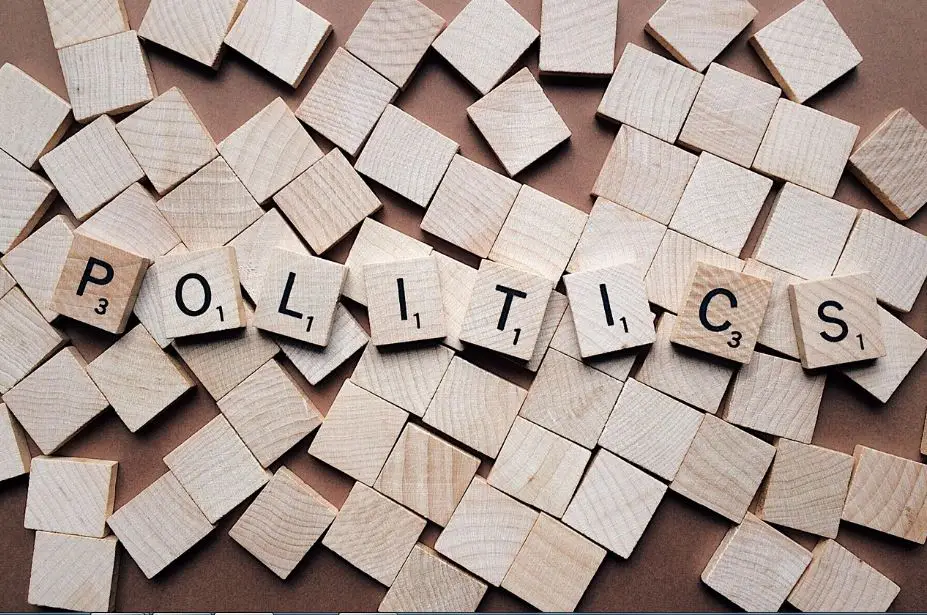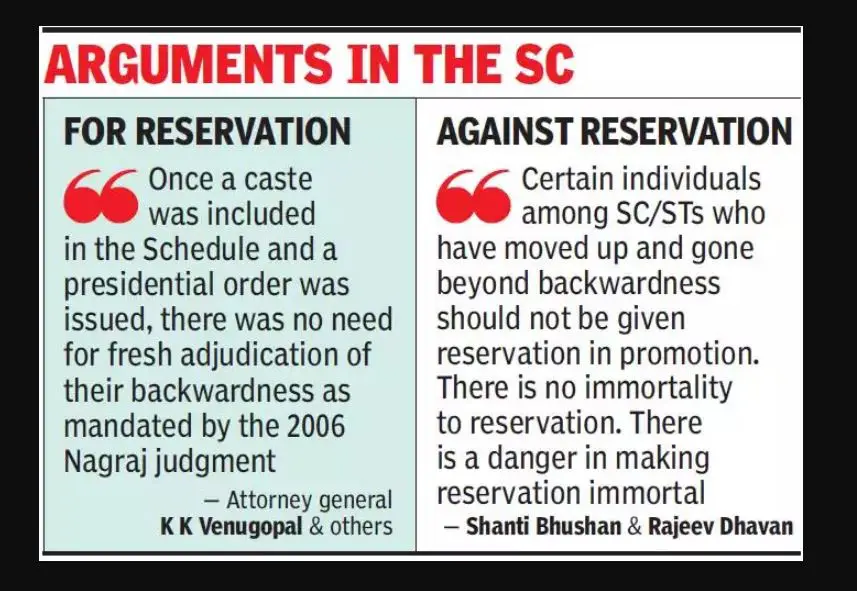Table of Contents
Benefits and Implication of abolition of article 370 and 35a in J&K | UPSC – IAS
What is Article 370 and 35A ?
- Article 370 of the Indian Constitution is a “temporary provision” which grants special status to Jammu & Kashmir.
- Under Part XXI of the Constitution of India, which deals with “Temporary, Transitional and Special provisions”, the state of Jammu & Kashmir has been accorded special status under Article 370.
- All the provisions of the Constitution which are applicable to other states are not applicable to J&K
Article 35A stems from Article 370, having been introduced through a Presidential Order in 1954. Article 35A is unique in the sense that it does not appear in the main body of the Constitution — Article 35 is immediately followed by Article 36 — but comes up in Appendix I. Article 35A empowers the J&K legislature to define the state’s permanent residents and their special rights and privileges.
What are the significance of these Articles ?
- Indian citizens from other states cannot purchase land or property in Jammu & Kashmir.
- Under Article 370 the Indian Parliament cannot increase or reduce the borders of the state.
- According to this article, except for defence, foreign affairs, finance and communications, Parliament needs the state government’s concurrence for applying all other laws. Thus the state’s residents live under a separate set of laws, including those related to citizenship, ownership of property, and fundamental rights, as compared to other Indians.
India has revoked Article 370, removing a number of special privileges that Kashmir has enjoyed as part of India.
- President of India in “concurrence” with the “Jammu and Kashmir government” promulgated Constitution (Application to Jammu and Kashmir) Order, 2019 which states that provisions of the Indian Constitution are applicable in the State. This effectively means that all the provisions that formed the basis of a separate Constitution for Jammu and Kashmir stand abrogated. With this, Article 35A is scrapped automatically.
- Along with this, a statutory resolution was approved by the Parliament which – invoking the authority that flows from the effects of Presidential Order – recommended that the President abrogate (much of) Article 370.
- Jammu & Kashmir (J&K) was reorganised into two Union Territories – J&K division with a legislative assembly and the UT of Ladakh without having an assembly.
Article 370 and Article 35A – A brief background | UPSC – IAS
- The peculiar position of Jammu and Kashmir was due to the circumstances in which the State acceded to India. The Government of India had declared that it was the people of the state of J&K, acting through their constituent assembly, who were to finally determine the constitution of the state and the jurisdiction of government of India.
- The applicability of the provisions of the Constitution regarding this State were accordingly, to be in nature of an interim arrangement. This was the substance of the provision embodied in Art. 370 of the Constitution of India.
- Art. 370 had “temporary provisions with respect to the State of Jammu and Kashmir” which gave special powers to the state allowing it to have its own Constitution.
- According to article 370, except for defence, foreign affairs, finance and communications, Parliament needs the state government’s concurrence for applying all other laws.
- Article 35A of the Indian Constitution, which stemmed out of Article 370, gave powers to the Jammu and Kashmir Assembly to define permanent residents of the state, their special rights and privileges.
How the Scrapping of Article 370 and 35A became possible? | UPSC – IAS
- President issued a presidential order under Article 370 (1) of the Constitution. This clause enables the President to specify the matters which are applicable to Jammu and Kashmir in concurrence with the Jammu and Kashmir government.
- The order amended Article 367 – Article 367 contains guidance on how to read or interpret some provisions. The amended Article declares that “the expression ‘Constituent Assembly of the State…’ in Article 370 (3) shall be read to mean ‘Legislative Assembly of the State’. Article 370(3) provided that the Article 370 was to be amended by the concurrence of the Constituent Assembly. However, because of the amendment, it can now be done away by a recommendation of the state legislature.
- In other words, the government used the power under 370(1) to amend a provision of the Constitution (Article 367) which, then, amends Article 370(3). And this, in turn, becomes the trigger for the statutory resolution – Resolution for Repeal of Article 370 of the Constitution of India. As Jammu and Kashmir is under the president rule, concurrence of governor is considered as “Jammu and Kashmir government”.
Scrapping Article 370: Constitutional and legal challenges | UPSC – IAS
Petitions have been filed in the Supreme Court challenging the recent action of the Union Government on Jammu and Kashmir, the following legal issues may receive attention in the course of judicial deliberations.
- Legality of the Presidential order: Article 370 itself cannot be amended by a Presidential Order. Even though the Order amends Article 367, the content of those amendments, however, do amend Article 370. And as the Supreme Court has held on multiple occasions, you cannot do indirectly what you cannot do directly. Therefore, legality of the order – insofar as it amends Article 370 – is questionable.
- Misusing the President Rule and Making Governor as a substitute for the elected assembly: The governor is the representative of the Union Government in the State. In effect, the Union Government has consulted itself.
- Also, President’s Rule is temporary and is meant to be a stand-in until the elected government is restored. Consequently, decisions of a permanent character – such as changing the entire status of a state- taken without the elected legislative assembly, but by the Governor, are inherently problematic.
- Equating state assembly with constituent assembly: The difference is that the one has to exercise its powers as per the constitution, while the other develops the constitution. This distinction that is at the heart of India’s basic structure doctrine that prevents certain constitutional amendments on the ground that Parliament, which exercises representative authority, is limited and cannot create a new constitution and thereby exercise sovereign authority.
- Going against the Jammu and Kashmir’s Constitutional position: Presidential order has assumed that legislative assembly has power to scrap Article 370. But Article 147 of the Jammu and Kashmir Constitution prohibits such a move. The Article makes it clear that any changes to the Jammu and Kashmir Constitution needs the approval of two-thirds of the members of the legislative assembly.
Conclusion | UPSC – IAS
- When the Constituent Assembly of J&K ceased functioning, a long-standing debate about the nature of Article 370 started. Before dissolution, the Constituent Assembly neither recommended abolishing Article 370 nor did they advocate for it to be permanent. Yet, it remains to be seen whether the manner in which Article 370 has been repealed stands the test of judicial review.
- Article 370 was about providing space, in matters of governance, to the people of a State who felt deeply vulnerable about their identity and insecure about the future. However, there are concerns that it neither served the common people in J&K nor did it facilitate J&K’s integration with the rest of India. Therefore, one must hope that the move will bring a new dawn of development and inclusion for Jammu and Kashmir, which will give a voice to those who were deprived and marginalised.

